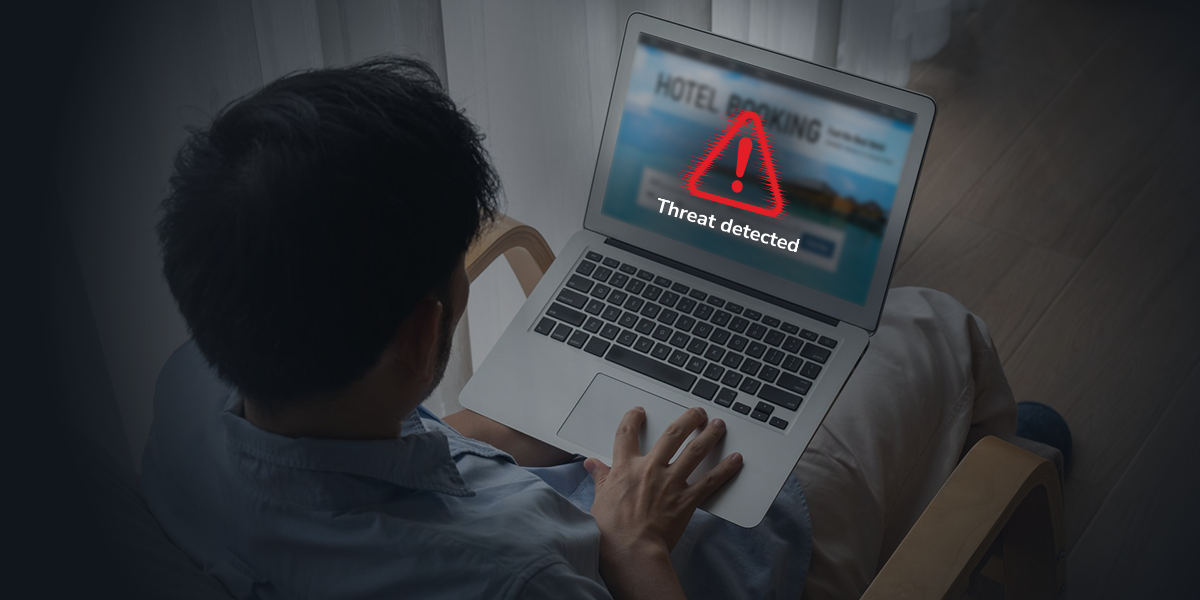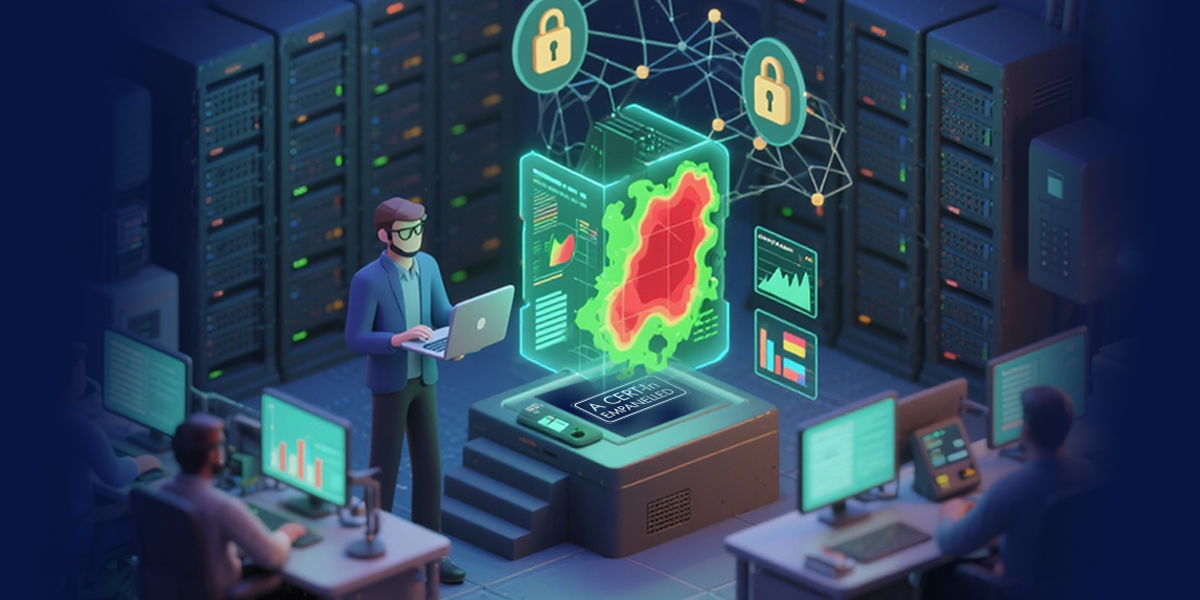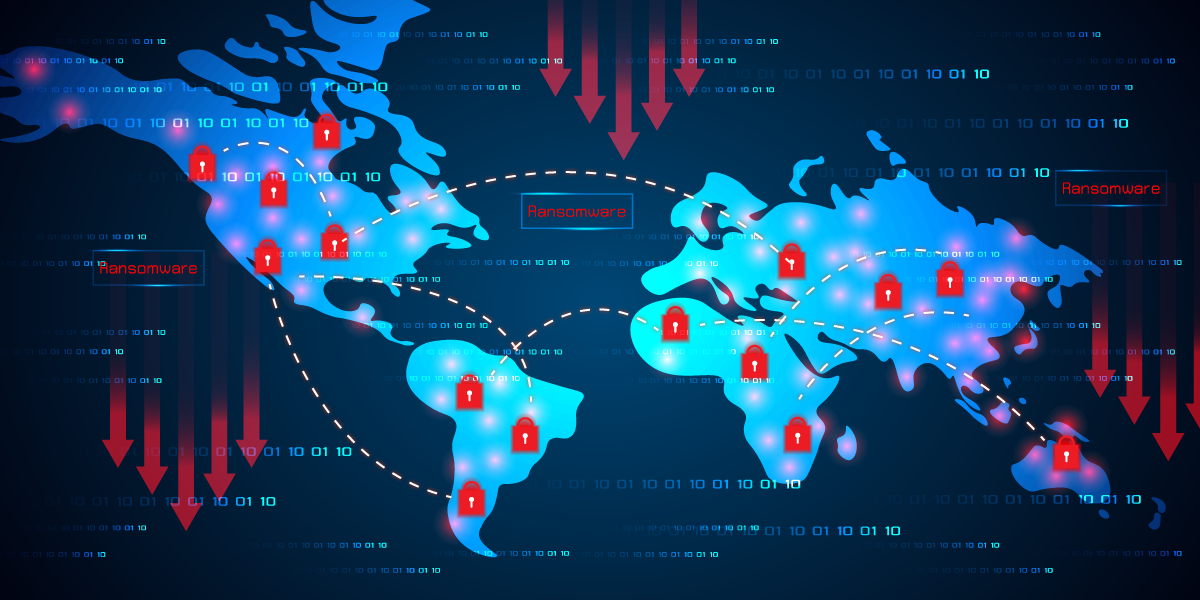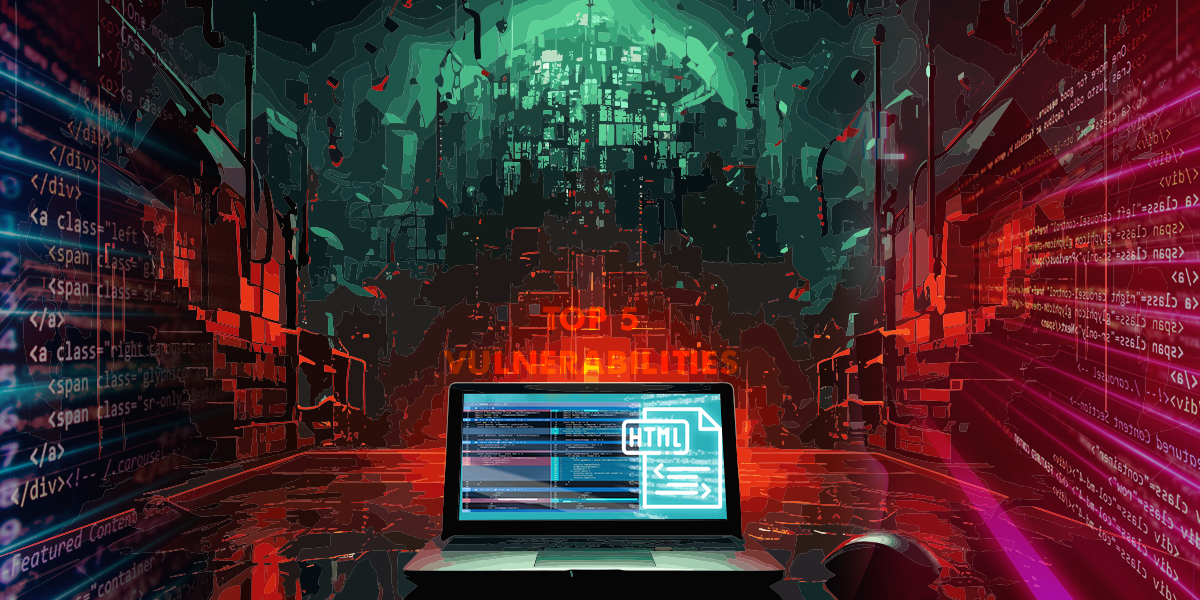The threat of cyberattacks is not a distant possibility; it’s a constant and growing reality. In 2022, global cyberattacks surged by 38%, causing financial damage that now averages around $ 4.4 million per breach, according to the Ponemon Institute. These attacks are not selective; they target startups, hospitals, schools, and global enterprises. The Time for action is now.
For many organizations, real-time detection has become the ultimate lifeline. It’s not about waiting for an attack to happen; it’s about being prepared for when it does. Forget the old playbook of antivirus scans and scheduled security checks. Today’s attackers are stealthy, fast, and relentless. Real time detection doesn’t just close the front door; it locks every window, monitors every shadow, and moves faster than the threats themselves. Modern solutions like K7 Security are pushing the industry forward, giving businesses responsive and adaptive protection.
But technical tools alone don’t guarantee peace of mind. Prioritizing cybersafety as an ongoing program, embedding it into every process and personnel decision, makes all the difference. True cyber resilience means regular updates, accountability at every level, and security-first thinking.
This guide dives deep into what makes real-time detection indispensable. We’ll unpack the cutting-edge tech behind it, why traditional defenses fall short, and how you can integrate these tools to safeguard your organization’s future, including practical options like K7 Security that combine anti malware strength and rapid threat response with robust malware protection, layered firewall security, and more.
What Sets Real-Time Threat Detection Apart
Think of your cybersecurity like a fortress. Traditional defenses, antivirus software, and firewalls updated on a schedule are the moat and gate. But what about the covert tunnel dug under your walls last night? That’s where most defenses fall apart.
Real-time detection is not just another lock on your cybersecurity fortress; it’s a 24/7 security patrol that actively watches for intrusions as they happen, flagging suspicious activity in milliseconds. K7 Security pairs these vigilant digital patrols with adaptive malware detection and firewall security, giving organizations a proactive edge.
Here’s how it works:
- Behavioral Analytics: Instead of relying solely on known threat signatures, these systems analyze what “normal” activity looks like across your network. If something deviates, like an employee logging in from an unusual location at 3 a.m., it triggers an alert.
- Anti Malware Responses: Spotting threats is one thing; stopping them immediately is another. Real-time systems deploy defenses at machine speed, blocking malware, isolating compromised endpoints, and halting suspicious data transfers before damage occurs. State-of-the-art products like K7 Security streamline this anti malware response, automating critical actions while also delivering exceptional malware protection.
Continuous Monitoring: Unlike human teams, these systems don’t take breaks. They operate non-stop, updating threat baselines and adapting to new risks in real-time detection cycles. This continuous vigilance ensures that your organization is always protected, even when you’re not actively monitoring. The result? Threats are neutralized before they have time to root themselves in your systems, ensuring maximum cybersafety posture, one that’s woven into everyday practices, not just a line item in the IT budget. Company-wide training, executive accountability, and ongoing software updates are non-negotiables in this new world of organizational cybersafety.
Modern cybersafety initiatives must go far beyond technology alone. They demand active participation from every staff member, ongoing threat simulations, and a resilient culture where reporting potential dangers is celebrated, not ignored. K7 Security supports constant vigilance, acting as a cornerstone of any reliable cyber defense stack. Firewall security, when paired with real-time detection, hardens your perimeter and keeps opportunistic attackers at bay.
Read More: Why Every Business Needs An Incident Response Plan
Why Businesses Can’t Afford to Ignore This
The Evolving Threat Landscape
Cyberattacks don’t look like they did five years ago. In 2023, three-quarters of all businesses reported being targeted, according to a University of Maryland study. Today’s attackers exploit everything from supply chain vulnerabilities to AI-generated phishing scams.
The scariest part? Delayed detection is the norm. Most breaches go unnoticed for 49 days on average, according to Verizon’s Data Breach Investigations Report. During that time, attackers siphon data, map your systems, and plant backdoors for future exploitation. With trusted tools like K7 Security, packing advanced malware detection and anti malware engines, you dramatically reduce this detection gap and keep your organization’s data far safer. Deploying firewall security as part of your defensive posture further limits the ways attackers can move within your infrastructure.
To avoid becoming the following cautionary tale, real-time detection is non-negotiable.
The Cost of Falling Behind
Cyber breaches aren’t just IT headaches; they’re existential threats. Consider these examples:
- Norsk Hydro: This aluminum giant suffered a ransomware attack that froze global operations, costing them $70 million in just a few weeks.
- A Hotel Chain Breach: After sensitive customer data was leaked, they faced over $100 million in fines and settlements, not to mention lasting reputational damage.
The cleanup costs alone are staggering, but the loss of trust is potentially even worse. Real-time detection minimizes these risks by stopping breaches before they spiral out of control. K7 Security users benefit from rapid responses that intercept threats before they disrupt business, while its anti malware and malware protection features enable decisive, automated isolation of compromised areas.
Read More: The Top Three Risks Undermining Enterprise Cybersecurity Framework
The Technology Powering Real-Time Detection
1. Artificial Intelligence
AI is the backbone of modern threat detection. Its advanced capabilities make it an indispensable tool in the fight against cyber threats. The sheer volume of data moving through networks today is impossible for humans to monitor effectively. AI-based systems analyze billions of data points in real time, identifying patterns and anomalies humans would miss.
For example, AI can detect subtle anomalies like mismatched IP addresses or a slightly faster-than-usual login time, which could signify a brute-force attack. These systems also adapt, learning from new threats to improve over time. Leading anti malware solutions like K7 Security put these AI-driven analytics at your command, with built-in malware detection and firewall security integrations.
2. Behavioral Analytics
Every organization has its rhythm, typical login times, standard data transfer volumes, and usual device activity. Behavioral analytics establishes this baseline and flags anything out of the ordinary.
For instance:
- A sudden spike in file transfers at 2 a.m.
- Unusual privilege escalation by an employee.
- Network access from an unfamiliar location.
These deviations often signal an attack in progress, and behavioral analytics catches them before the damage escalates. This type of depth in real-time detection creates a safety net that’s essential for modern cybersafety.
3. Anti Malware, Firewall Security, and Advanced Network Monitoring
Real-time detection relies on comprehensive network visibility, combining robust anti malware and firewall security for total defense. This means monitoring every packet of data, every device connection, and every endpoint interaction.
Smart tools can:
- Quarantine suspicious devices immediately (malware protection in action).
- Block malicious downloads and phishing links.
- Detect and neutralize zero-day vulnerabilities before they’re exploited.
- Enforce strict firewall security rules, preventing lateral attacks within your system.
By integrating anti malware systems like K7 Security with advanced monitoring tools, businesses accomplish efficient real-time malware detection and protection. Firewall security serves as the frontline, actively blocking external threats and providing segmentation that stops attackers from moving laterally inside your infrastructure. The combination of real-time detection, anti malware, and layered malware protection is what truly defines organizational cybersafety today.
K7 Security doesn’t just spot threats, it stops them cold. That wraparound protection, from initial detection to prompt isolation and remediation, is the backbone of a solid cyber defense posture. The software also simplifies compliance and reporting, making it straightforward to prove your strong security stance when regulators or auditors review your systems.
How to Implement Real-Time Protection
Key Features to Look For
Not all systems are created equal. When choosing a solution, prioritize:
- Scalability: Whether you’re a small business or a multinational, your tools should grow with you.
- Compatibility: Seamless integration with your existing systems is crucial. Look for solutions with robust APIs.
- Firewall Security Integration: Your detection system should work hand-in-hand with enterprise-grade firewall tools for deep network visibility and control.
- Actionable Analytics: Comprehensive reporting tools that provide insights, not just raw data, are essential for improving long-term defenses.
The flexibility of solutions like K7 Security enables you to scale your malware protection and anti malware features up or down as your business evolves, ensuring your cybersafety posture never lags behind your growth.
Training Matters
Even the best real-time detection tools can be undermined by human error. Regular training ensures your team recognizes threats and responds appropriately.
- Conduct phishing simulations to test awareness.
- Encourage prompt reporting of suspicious activity without fear of blame.
- Teach employees to create strong passwords, avoid risky behaviors, and stay updated on the latest cyber threats.
Committing to ongoing cybersafety education builds a resilient workforce, your first and last line of defense.
Read More: Why Small Businesses Are The New Bullseye For The Threat Actors?
The Bottom Line
Cyberattacks aren’t slowing down. Every passing second without robust defenses is an opportunity for attackers to exploit vulnerabilities. Real-time detection isn’t just a luxury; it’s a necessity for staying ahead of increasingly sophisticated threats.
Investing in cutting-edge detection technologies like K7 Security, which centralizes anti malware blocking, malware detection, and advanced firewall security, gives your organization a fighting chance. Prioritizing malware protection, layered throughout your network using both signature-based and behavioral approaches, builds true resilience. Embracing real-time detection and organizational cybersafety practices ensures you can spot, stop, and recover from incidents before they snowball.
Ready to take the first step? Start exploring real-time detection solutions today to future-proof your organization against an uncertain digital landscape, because the cost of waiting far outweighs the investment in proactive defense. If you’re serious about safeguarding everything you’ve built, sharpen your cybersafety focus, upgrade your firewall security, equip your systems with best-in-class anti malware, and let K7 Security help you lead from the front.











